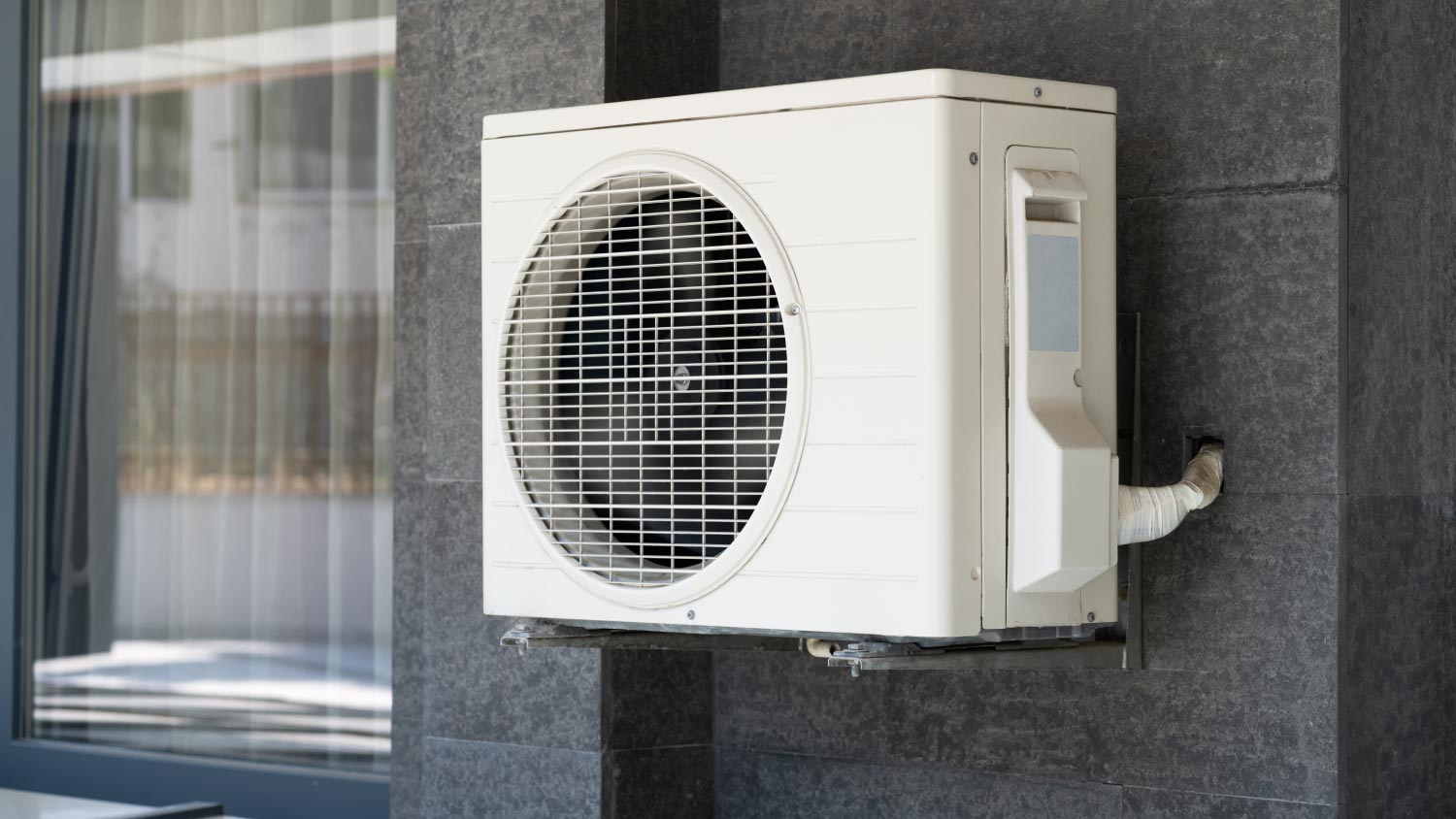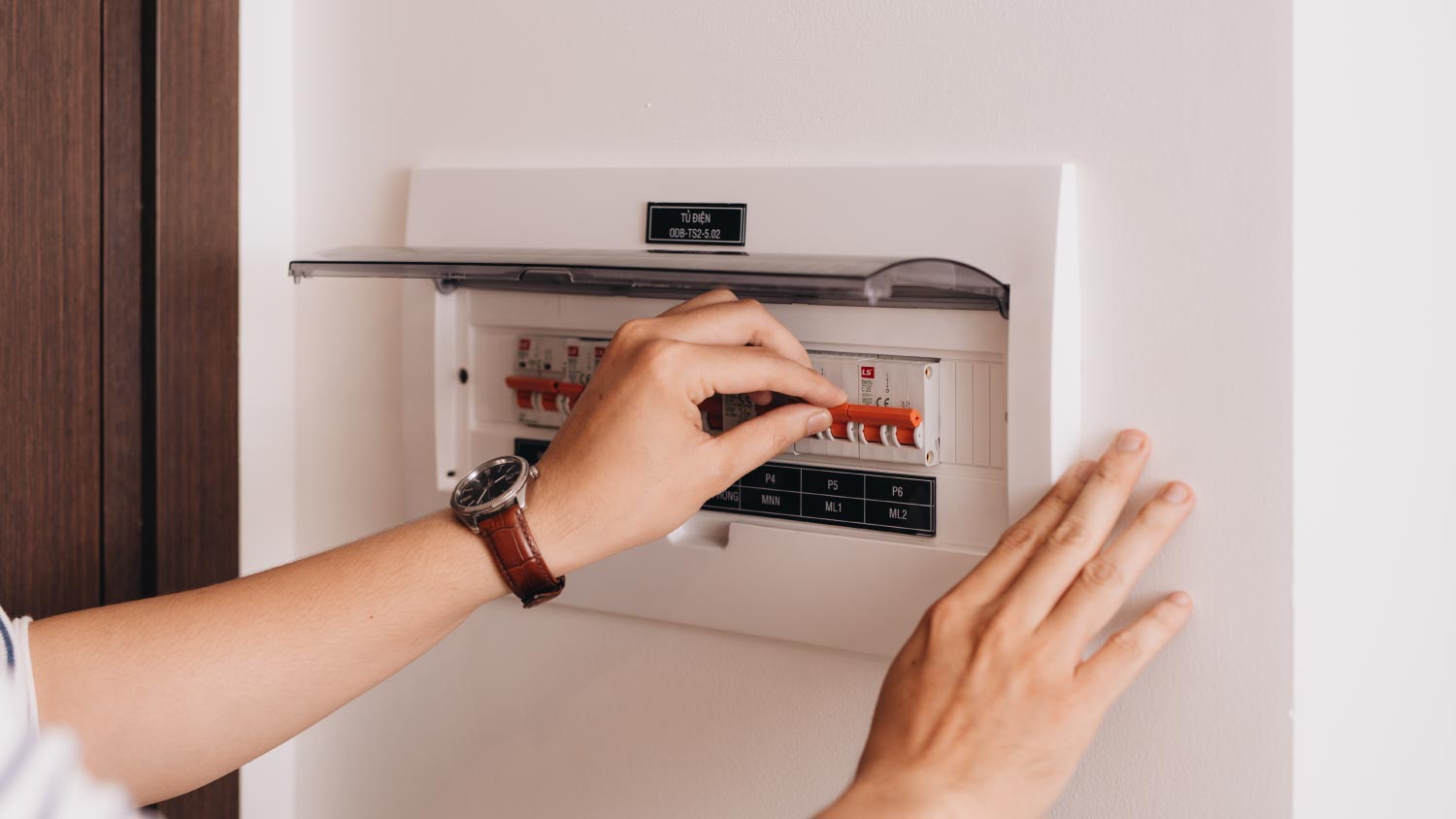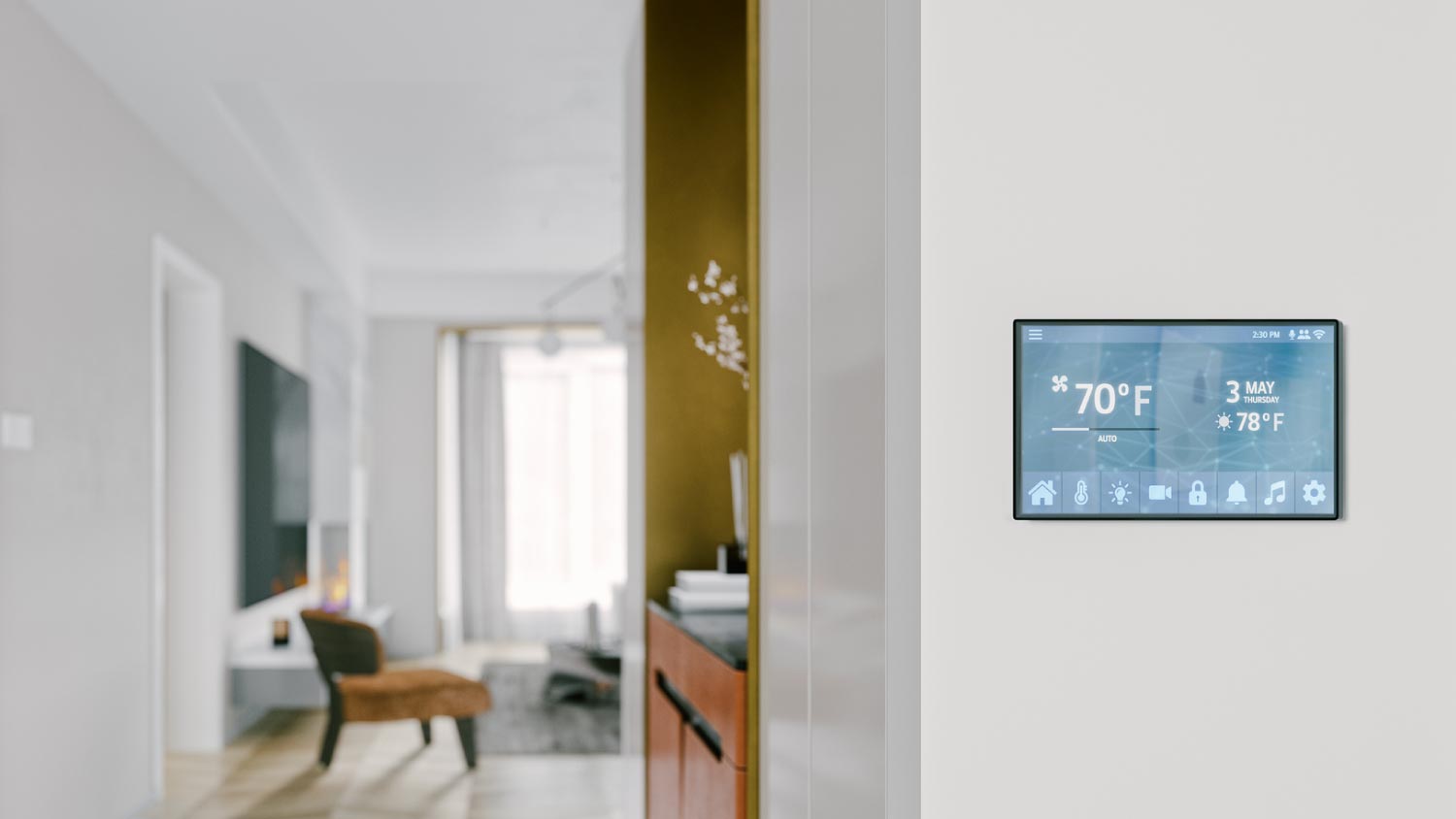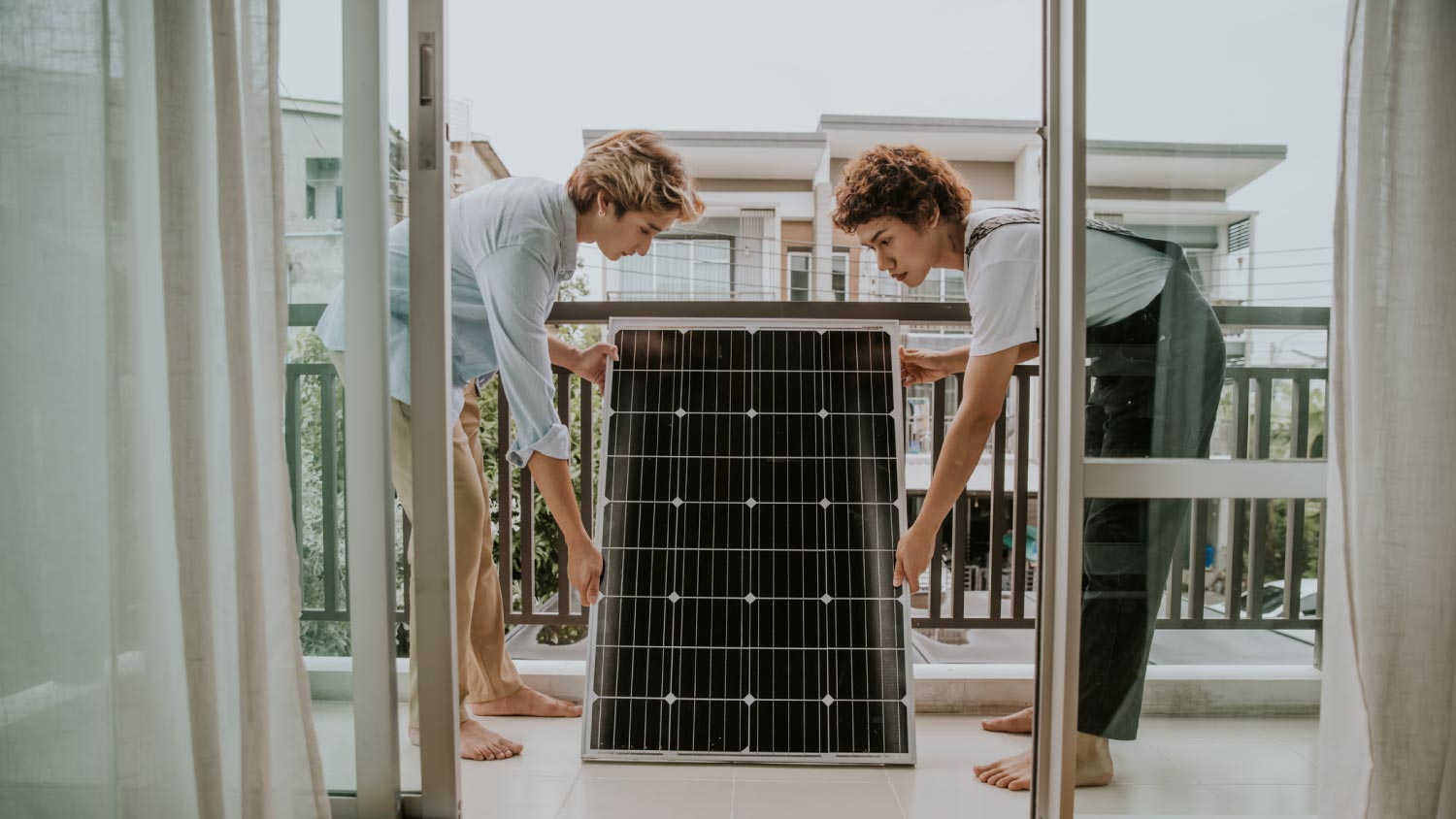
How much does adding an electrical outlet cost in Columbus? Get details on average pricing, permit needs, and what affects the total cost.
You’ll be shocked by your new utility bill


Whether you’re renovating your current house or moving into an older home, upgrading your electrical system is vital to keeping the power running smoothly, safely, and efficiently. Plus, adding electrical upgrades to a home can increase its resale value. Read on to learn the best types of electrical upgrades to power up your home’s energy efficiency.

Traditional electric furnaces need a lot of electricity to power the blower motor that pushes the heat through your home—which ultimately amounts to your furnace eating away at your energy usage. You can potentially reduce your electricity consumption for heating your home by up to 60% by switching from a furnace to a heat pump. Plus, the 2022 Inflation Reduction Act (IRA) offers incentives like rebates and tax credits for homeowners who upgrade their heat pumps.
Heating the water in your home might not be the first thing that comes to mind when you think of upgrading your electrical appliances, but hot water heating accounts for approximately 12% of the electricity on your utility bill. Upgrading to an energy-efficient water heater, like an on-demand water heater, heat pump water heater, or solar water heater will save you energy and money overall.

Old homes have old wires—and, like any wires, they can become frayed and corrode over time. When old electrical wire corrodes, this can lead to arc faults. These circuit interrupters cause annoying trips in your electricity, generate intense heat, and pose a fire hazard. Rewiring your house allows the electricity to run safely through them to power your home. It’s a good idea to upgrade any old electrical systems, including outdated electrical panels and circuit breaker boxes.
Going around your home to frequently unplug and then replug devices that could be on standby power may feel like a chore. That’s where smart power strips come in to save you time and energy. These power strips monitor electricity and automatically disable devices that aren’t currently in use.

One way you can improve your home’s energy efficiency is by investing in smart home automation. This buzzword means that your home’s electrical devices, appliances, and systems connect to the internet where you can control their usage through apps. From being able to turn off lights that you forgot before rushing out the door to turning off the AC in your home from your office, home automation allows you to have more control over your home’s electrical usage.
A simple electrical switch you can make is upgrading from incandescent light bulbs to LED lighting. LED light bulbs use as much as 85% less energy than incandescent lights and last 25 times as long. They cost a little more upfront but have a lifespan of between 11 and 17 years. The Consumer Federation of America estimates that over the course of a decade, homeowners can save about $1,000.

Upgrading your thermostat from an outdated manual thermostat to a programmable one allows you to have better control over the temperatures inside your home when you’re not around. Say goodbye to your HVAC system kicking on and zapping your home’s energy to the roof when you’re at work or going on vacation. Take it to the next level by installing a smart thermostat, which you can control the settings of with the simple touch of a few buttons on your smartphone.
Having an energy-efficient electrical system doesn’t get any more possible than upgrading to solar panels. Solar energy is the most available and clean renewable energy around, so installing solar panels is a surefire way to increase your home’s energy efficiency.

If you already have solar panels installed on your property, you can make this electrical system even more efficient by having a solar battery backup on site. Solar batteries store solar energy so that you can make use of excess energy on days when your panels don’t produce enough electricity.
After making all of the above electrical upgrades, knowing where the energy flows through individual circuits in your home can provide extra information on which appliances are consuming the most energy. Investing in a whole-home electricity monitor can help you find hidden energy vampires around the house. Once you’ve identified the biggest energy culprits, consider upgrading appliances or unplugging electronics.
From average costs to expert advice, get all the answers you need to get your job done.

How much does adding an electrical outlet cost in Columbus? Get details on average pricing, permit needs, and what affects the total cost.

How much does rewire house cost in Columbus? Learn the major factors that impact the price and how it can help increase your home's value.

The average cost to replace an electrical mast is around $750, depending on the size and extent of the replacement. Read on to budget for a meter riser.

Learn how to install a coax outlet to save money and clean up the tangle of wires in your entertainment room or living room.

Finding the best electrician for your project starts with asking the right questions and checking credentials. Here are tips on how to find an electrician.

Are there outlets not working in one room in particular? Learn what could be causing the issue and how to solve the problem.